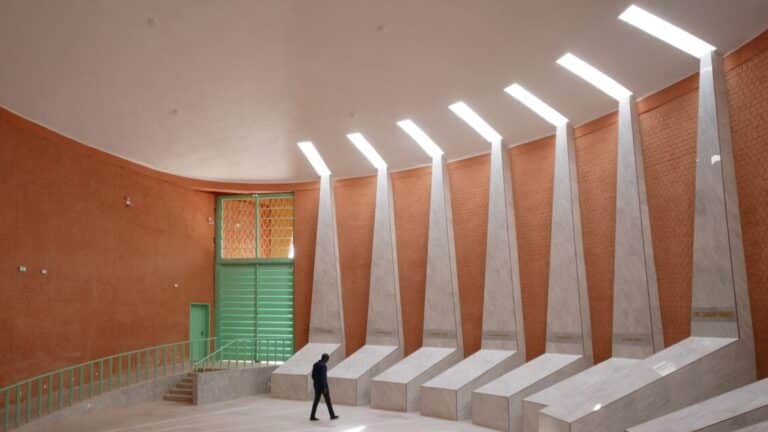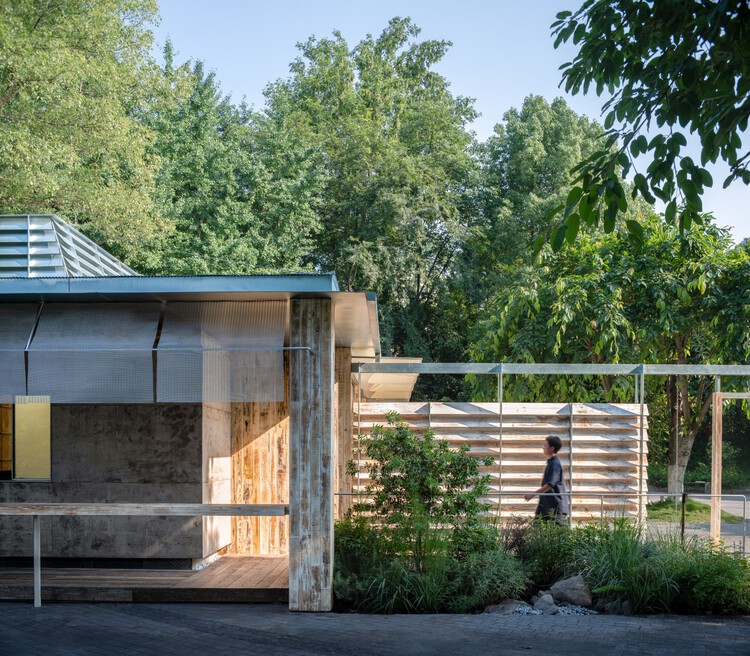What Does the NYC Facade Inspection Adjustment Mean for Building Owners?
Clarifying the New Sub-cycle Override and How to Avoid Fines
The New York City Department of Buildings (DOB) has introduced a new process known as the FISP Sub-cycle Override. This allows buildings that missed their Cycle 9 Facade Inspection Safety Program (FISP) deadline to regain compliance early under Cycle 10. This adjustment comes as a relief for building owners who are currently facing accumulating penalties due to non-submission.
This article will cover:
- The regulatory background of FISP
- What “NRF” status means
- How the new Sub-cycle Override works and its relevance to the FISP Sub-cycle Override.
- Step-by-step compliance actions
- Financial consequences of delays

What is FISP and Why Is It Important?
The Facade Inspection and Safety Program (FISP) requires all buildings in New York City over six stories tall to undergo a comprehensive inspection of their exterior walls every five years. The goal is to ensure public safety by identifying potential hazards such as loose masonry, corroded steel, or failing cladding.
Missing the submission deadline for the required report places a building in “No Report Filed” (NRF) status, which constitutes a legal violation and triggers financial penalties.
What Is “NRF” Status and Its Implications?
When a building fails to submit a FISP report on time, it is marked as “NRF” in the DOB system. This status carries several immediate effects:

| Consequence | Details |
|---|---|
| Financial Penalties | $1,000 per month + $5,000 annually |
| Legal Liability | Exposure to enforcement actions |
| Operational Restrictions | Delays in obtaining permits or approvals |
Remaining in NRF status can lead to significant financial burden and increased scrutiny from the DOB.
How Can You Correct an NRF Status?
In April 2025, the DOB announced that buildings with NRF status from Cycle 9 can now request a FISP Sub-cycle Override and file their report under Cycle 10 before their scheduled filing window.
Required Steps:
- Verify your building’s status through the DOB NOW: Safety portal.
- Submit a Sub-cycle Override Request using the FISP Sub-cycle Override process.
- Wait for official approval from the DOB.
- Engage a licensed Qualified Exterior Wall Inspector (QEWI) to conduct the inspection.
- File the complete FISP report and settle all outstanding fines within 10 business days.

Are There Conditions or Exceptions?
Yes, certain conditions apply when using the override process:
| Condition | Explanation |
|---|---|
| Pre-approval required | No report can be submitted without formal override approval |
| Timely payment | Fines must be cleared within 10 business days to complete processing |
| Future cycle assignment | After Cycle 10, future deadlines remain based on the original block number schedule |
What Are the Costs of Delay?
Delaying submission during Cycle 9 could result in thousands of dollars in unpaid fines. For example, if a building remained noncompliant for two years, it would owe approximately $24,000 in monthly penalties alone—not including the annual $5,000 fine.
Acting quickly under the new FISP Sub-cycle Override policy can significantly reduce this financial exposure.

Frequently Asked Questions (FAQ)
| Question | Answer |
|---|---|
| Who qualifies for the override? | Only buildings marked as “NRF” in Cycle 9 |
| Does this affect future cycles? | No, future deadlines return to the original schedule |
| How long does override approval take? | Typically between 5–10 business days |
| What happens if fines aren’t paid on time? | The report is considered incomplete and penalties continue |
Summary Table of Key Points
| Point | Detail |
|---|---|
| Violation Type | Missed Cycle 9 FISP report |
| Available Action | Sub-cycle Override into Cycle 10 |
| Submission Method | Through DOB NOW: Safety |
| Start Date | February 21, 2025 |
| Penalty Amount | $1,000/month + $5,000/year |
| Required Actions | Verification – Override Request – Inspection – Payment – Filing |

ArchUp Opinion
The DOB’s new FISP Sub-cycle Override policy demonstrates a practical approach to enforcement, allowing property owners to correct past oversights without excessive financial damage. While this flexibility benefits those seeking compliance, it should not be interpreted as leniency toward negligence.
There is a risk that some owners may delay submissions in future cycles, expecting similar allowances. Additionally, the limited timeframe for applying to the override could strain QEWIs and engineering firms tasked with inspections.
Nevertheless, the change represents a positive step toward encouraging proactive compliance and enhancing urban safety standards in a structured manner.







